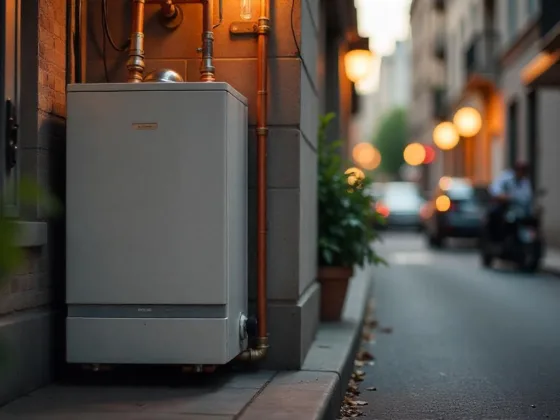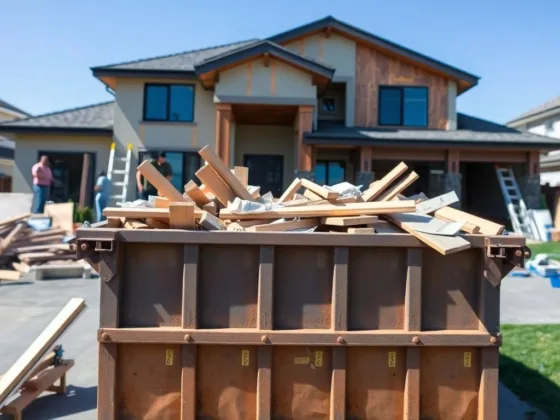Table of Contents Show
Everyone likes to live in a contemporary, bright, and beautiful house. There’s a cost attached to it that might charge you a fortune.
But not anymore. If you want to remodel your house and don’t have enough to spend on it, you can choose a home improvement loan near you.
You must be excited to hear that and could also be thinking about how to get it. Worry not. I’ve shared the common ways to get the best home improvement loan for your next renovation project.
Steps to Get a Home Improvement Loan
What do you Need Before Applying for the Loan?
Like any other loan, you first need to improve your credit score. The steps to improving your credit score are:
- Reviewing your credit report for errors gives you a bad credit score.
- Avoid late payments against loans and other bills.
- Avoid reaching 30% of your credit card payments.
- Avoid applying for new loans until in dire need.
- Don’t close old credit accounts. These can appear favorable to lenders.
- Pay all outstanding debts via a debt consolidation loan.
- Get a credit monitoring service to keep track of your credit score.
Besides improving your credit score, you can also apply for a home improvement loan based on your home’s equity or verifying your income.
Home Improvement Loan Types with Equity
Home Equity Line of Credit (HELOC)
The home equity line of credit (HELOC) is a widely used home improvement loan. It’s also one of the least expensive options.
HELOC uses your home as collateral. To get this type of loan, you must have at least 20% equity in your home. It has lower interest rates than other loan types and has a variable interest rate.
It’s best to use HELOC when you’re certain to repay the debt over a short period.
This loan would benefit you if you just bought a condo and plan to resell it after renovating it. Once you’re done renovating the condo, you may list it on condos for sale and repay the loan from its sales proceeds.
Home Equity Loan
A home equity loan is similar to a HELOC. It also uses your house as collateral and has lower interest rates than other loan types. The loan type follows a fixed interest rate.
When you use this loan for home improvement, you’ll get the full amount of the loan upfront. The loan is repaid in installments over the set term period, usually between 5 and 30 years.
A home equity loan is best when you plan to repay the loan over a long period.
Read Also:
Home Renovation Loan with No Equity
Personal Loan
A personal loan is another type of loan for home improvement projects. It has nothing to do with your house and usually has lower interest rates than credit cards.
If you have a good credit score, you may expect to get up to $50,000 as a loan. The loan repayment is distributed over monthly installments for a predefined period.
Credit Card
It’s the least common form of loan people use for home improvement projects. People only use it when they pay for furniture and other small items.
Buying from credit cards is best suitable when you repay the loan in a short time, like a few months.
Cash-Out Refinance
This loan type will replace your existing mortgage with a new one with a larger amount. It will help you use the home mortgage to get some cash.
With this loan type, you can reduce your monthly mortgage payments, negotiate the rates and the loan terms, and potentially access cash.
This new mortgage will finance your home improvement project over a long period.
So, for example, if you’re renovating your bungalow to keep it for a long period, you can apply for this loan. It would add a small layer of interest paid over the actual mortgage payment and will not be too hard to repay the loan.
Things to Consider When Applying for Home Improvement Loans
When you’re getting a loan for home improvements, consider the following factors:
Security
Before applying for the loan, make sure your house’s equity is good enough to secure the loan you were looking for. If you apply for an unsecured loan, you may expect to pay a higher annual percentage rate of interest (APR).
Interest rate
Every loan has its cost, which is usually paid in the shape of interest. When you apply for a secured loan, you may expect to get a low-interest rate.
On the other hand, unsecured loans attract high-interest rates. Analyze the interest rates before opting for the home improvement loan option.
Loan term
Long-term loans will last longer but charge you more in the shape of interest rates. The opposite stands true when you choose a short-term loan.
Which Loan Type is Best Suitable for You?
With so many loan options, it isn’t easy to choose the best home improvement loan option. If you prefer a short-term loan, a home equity loan or HELOC are the best options. Otherwise, you may choose the cash-out to refinance option.










